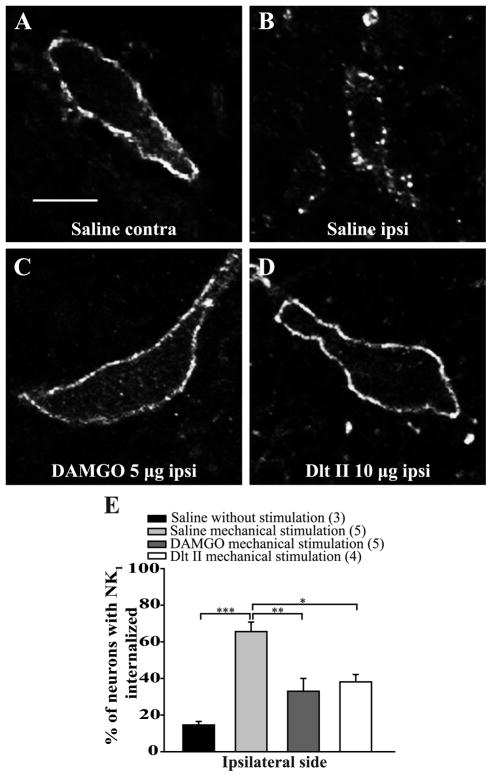Figure 5. Intrathecal DAMGO and Dlt II reduce mechanical stimulus-induced NK1 receptor internalization.
Internalization of NK1 receptors was induced by applying a 300 g mechanical pressure on the right hindpaw with calibrated forceps for 38 seconds. Lamina I NK1 receptor-immunoreactive neurons were observed by immunofluorescence. The noxious mechanical stimulation was applied 10 minutes after intrathecal injection of saline (A, B), DAMGO 5 μg (C) or Dlt II 10 μg (D). Confocal images showed that application of the mechanical pressure did not affect the cell-surface localization of NK1 receptors in the contralateral side of the lumbar spinal cord of saline-injected rats (A). In contrast, application of the same stimulus induced a strong internalization of NK1 receptors in the ipsilateral side for the same animal, as shown by the intracellular localization of the immunolabeling (B). The injection of DAMGO or Dlt II both significantly inhibited mechanically induced NK1 receptor internalization (E). For comparison purposes, data from the saline-injected group without noxious stimulation presented in figure 3E were reported in panel E of this figure. *p < 0.05, **p < 0.01 and ***p < 0.001, one-way ANOVA with Bonferroni’s post hoc test. The numbers in parentheses represent the number of animals per group. Error bars indicate the Standard Error of the Mean (SEM). Scale bar: A, 30μm

